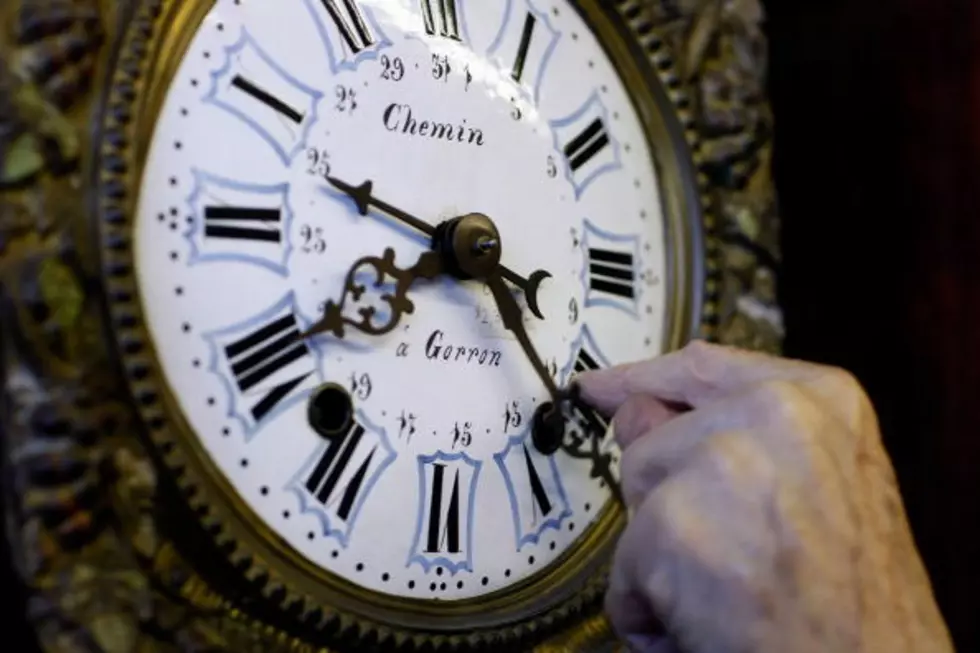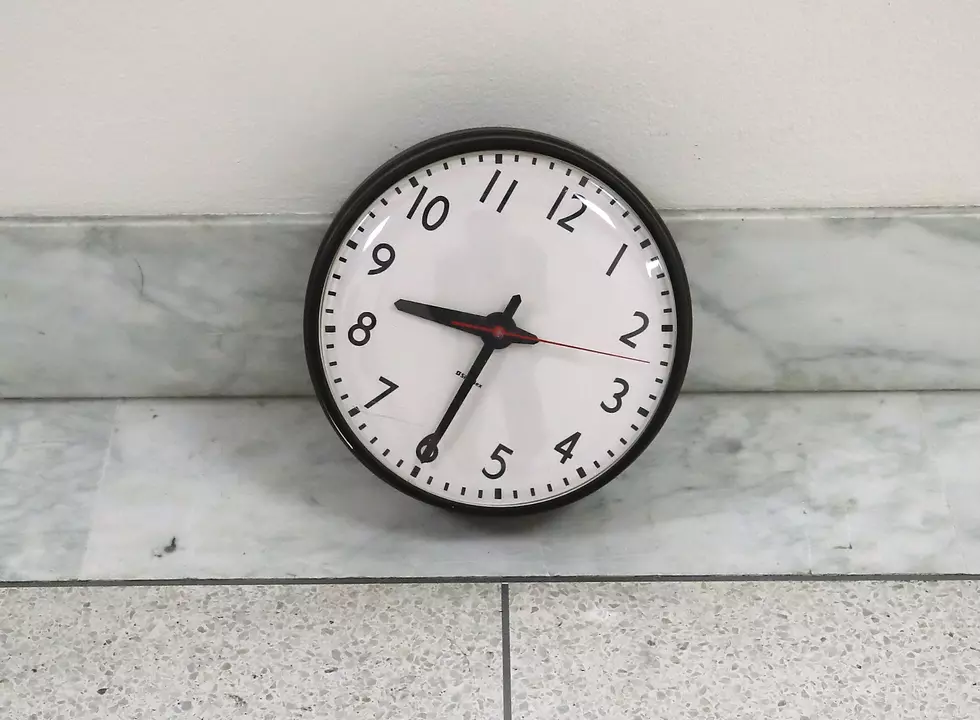
Daylight Saving Time Begins Sunday, March 8
In less than a week, daylight saving time begins.
We turn our clocks forward at 2am Sunday March 8, 2015.
This means we will have more daylight in the evening, but it will be darker early in the morning.
For those of us who get up early in the morning, it's the toughest time of the year because we lose an hour of sleep. It usually takes a couple of weeks to adjust to the time change.
Here's a bit of history.
Benjamin Franklin is credited with first coming up with the idea to maximize daylight. He’s said to have realized he could rely less on expensive candles by rising an hour earlier. (Via Biography Channel)
But it wasn’t for another 200 years or so that Germany introduced the concept during World War I to help cut coal consumption. (Via Discovery)
Some say other countries followed suit as a way to help out farmers. Giving them more daylight to farm meant more time in the fields. Or so the story goes. (Via YouTube / Nick Welker)
Thing is, it was the sun, not the clock, that determined the farmers’ schedules. Farmers complained their milking cows didn’t easily adapt to the time change. To this day, most farmers say they see no benefit. (Via Dairy Farming Today)
Fast forward to the 1970s energy crisis when most of the country adopted the practice. Daylight saving became more popular on the idea Americans could save money by keeping the lights off for an extra hour.
You may have already noticed that it’s staying lighter later, thanks to the normal course of the Earth’s movements in relation to the sun, but Daylight Saving Time turbocharges this process. Of course, no daylight is actually being saved. We’re just moving an hour of daylight to later in the day — so, for example, on March 8 when the clock reads 6 p.m., it will look pretty much as bright as it was at 5 p.m. the day before. By the time June is here, we’ll be able to enjoy the twilight well into the evening.






